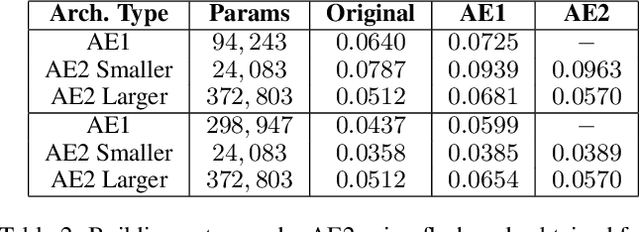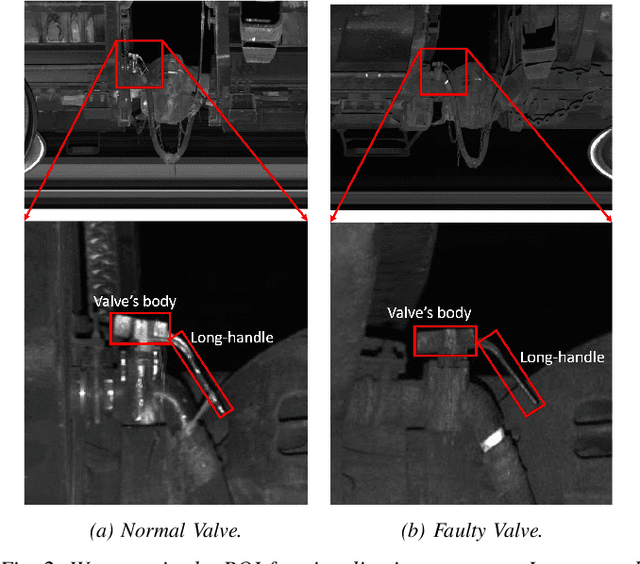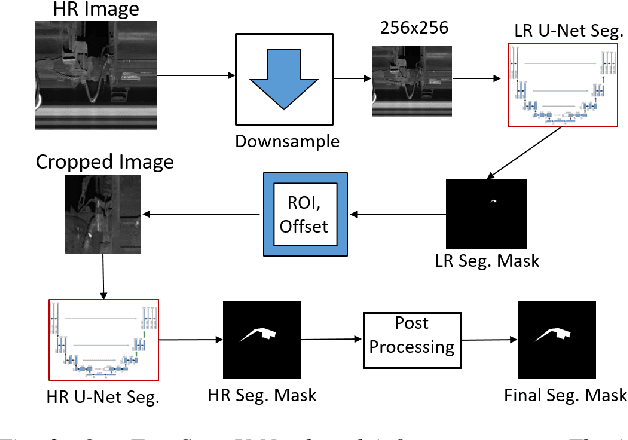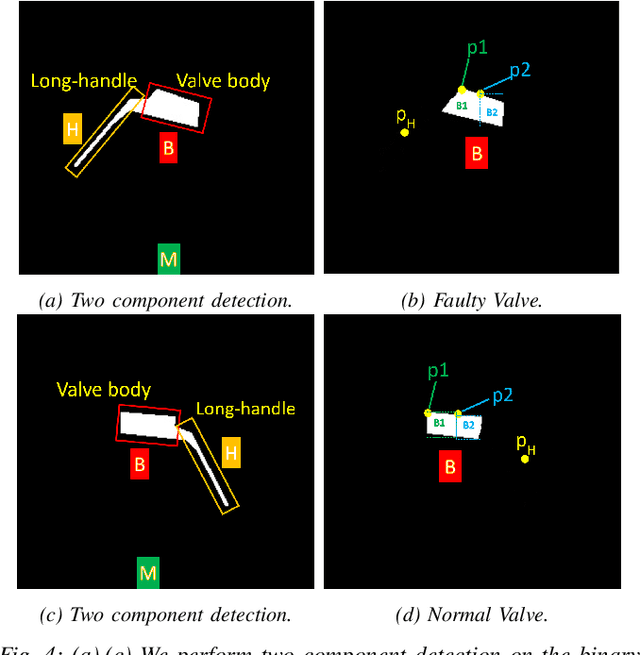Arulmurugan Ambikapathi
Contrastive predictive coding for Anomaly Detection in Multi-variate Time Series Data
Feb 08, 2022Abstract:Anomaly detection in multi-variate time series (MVTS) data is a huge challenge as it requires simultaneous representation of long term temporal dependencies and correlations across multiple variables. More often, this is solved by breaking the complexity through modeling one dependency at a time. In this paper, we propose a Time-series Representational Learning through Contrastive Predictive Coding (TRL-CPC) towards anomaly detection in MVTS data. First, we jointly optimize an encoder, an auto-regressor and a non-linear transformation function to effectively learn the representations of the MVTS data sets, for predicting future trends. It must be noted that the context vectors are representative of the observation window in the MTVS. Next, the latent representations for the succeeding instants obtained through non-linear transformations of these context vectors, are contrasted with the latent representations of the encoder for the multi-variables such that the density for the positive pair is maximized. Thus, the TRL-CPC helps to model the temporal dependencies and the correlations of the parameters for a healthy signal pattern. Finally, fitting the latent representations are fit into a Gaussian scoring function to detect anomalies. Evaluation of the proposed TRL-CPC on three MVTS data sets against SOTA anomaly detection methods shows the superiority of TRL-CPC.
Knowledge Capture and Replay for Continual Learning
Dec 12, 2020



Abstract:Deep neural networks have shown promise in several domains, and the learned task-specific information is implicitly stored in the network parameters. It will be vital to utilize representations from these networks for downstream tasks such as continual learning. In this paper, we introduce the notion of {\em flashcards} that are visual representations to {\em capture} the encoded knowledge of a network, as a function of random image patterns. We demonstrate the effectiveness of flashcards in capturing representations and show that they are efficient replay methods for general and task agnostic continual learning setting. Thus, while adapting to a new task, a limited number of constructed flashcards, help to prevent catastrophic forgetting of the previously learned tasks. Most interestingly, such flashcards neither require external memory storage nor need to be accumulated over multiple tasks and only need to be constructed just before learning the subsequent new task, irrespective of the number of tasks trained before and are hence task agnostic. We first demonstrate the efficacy of flashcards in capturing knowledge representation from a trained network, and empirically validate the efficacy of flashcards on a variety of continual learning tasks: continual unsupervised reconstruction, continual denoising, and new-instance learning classification, using a number of heterogeneous benchmark datasets. These studies also indicate that continual learning algorithms with flashcards as the replay strategy perform better than other state-of-the-art replay methods, and exhibits on par performance with the best possible baseline using coreset sampling, with the least additional computational complexity and storage.
FaultNet: Faulty Rail-Valves Detection using Deep Learning and Computer Vision
Nov 09, 2019



Abstract:Regular inspection of rail valves and engines is an important task to ensure the safety and efficiency of railway networks around the globe. Over the past decade, computer vision and pattern recognition based techniques have gained traction for such inspection and defect detection tasks. An automated end-to-end trained system can potentially provide a low-cost, high throughput, and cheap alternative to manual visual inspection of these components. However, such systems require a huge amount of defective images for networks to understand complex defects. In this paper, a multi-phase deep learning based technique is proposed to perform accurate fault detection of rail-valves. Our approach uses a two-step method to perform high precision image segmentation of rail-valves resulting in pixel-wise accurate segmentation. Thereafter, a computer vision technique is used to identify faulty valves. We demonstrate that the proposed approach results in improved detection performance when compared to current state-of-theart techniques used in fault detection.
* 8 pages, 8 figures, ITSC 2019
 Add to Chrome
Add to Chrome Add to Firefox
Add to Firefox Add to Edge
Add to Edge